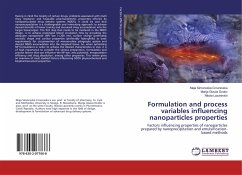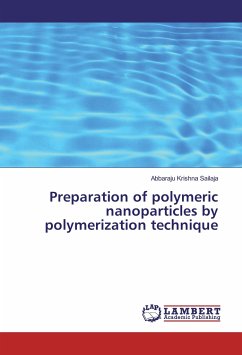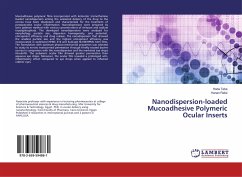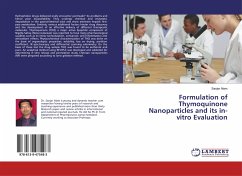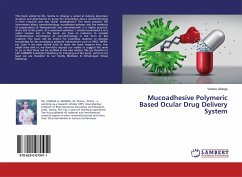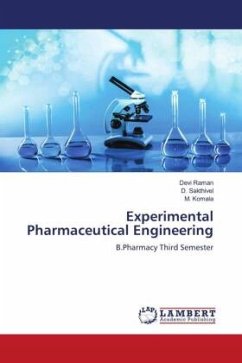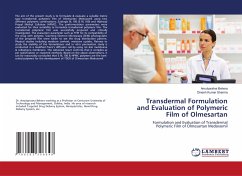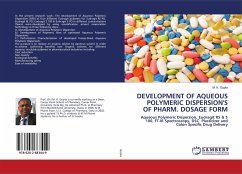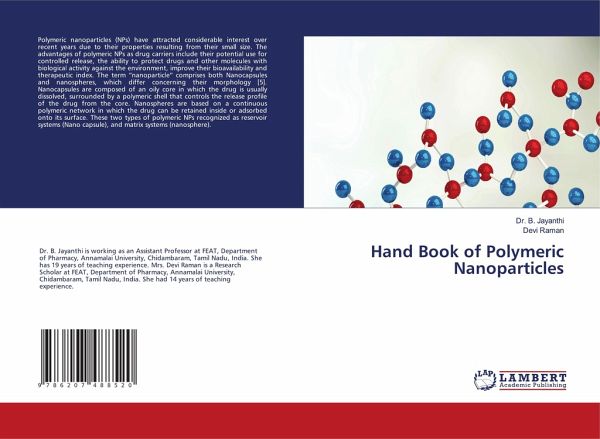
Hand Book of Polymeric Nanoparticles
Versandkostenfrei!
Versandfertig in 6-10 Tagen
29,99 €
inkl. MwSt.

PAYBACK Punkte
15 °P sammeln!
Polymeric nanoparticles (NPs) have attracted considerable interest over recent years due to their properties resulting from their small size. The advantages of polymeric NPs as drug carriers include their potential use for controlled release, the ability to protect drugs and other molecules with biological activity against the environment, improve their bioavailability and therapeutic index. The term "nanoparticle" comprises both Nanocapsules and nanospheres, which differ concerning their morphology [5]. Nanocapsules are composed of an oily core in which the drug is usually dissolved, surround...
Polymeric nanoparticles (NPs) have attracted considerable interest over recent years due to their properties resulting from their small size. The advantages of polymeric NPs as drug carriers include their potential use for controlled release, the ability to protect drugs and other molecules with biological activity against the environment, improve their bioavailability and therapeutic index. The term "nanoparticle" comprises both Nanocapsules and nanospheres, which differ concerning their morphology [5]. Nanocapsules are composed of an oily core in which the drug is usually dissolved, surrounded by a polymeric shell that controls the release profile of the drug from the core. Nanospheres are based on a continuous polymeric network in which the drug can be retained inside or adsorbed onto its surface. These two types of polymeric NPs recognized as reservoir systems (Nano capsule), and matrix systems (nanosphere).



